9 Useful TIPS for to Save Water at home
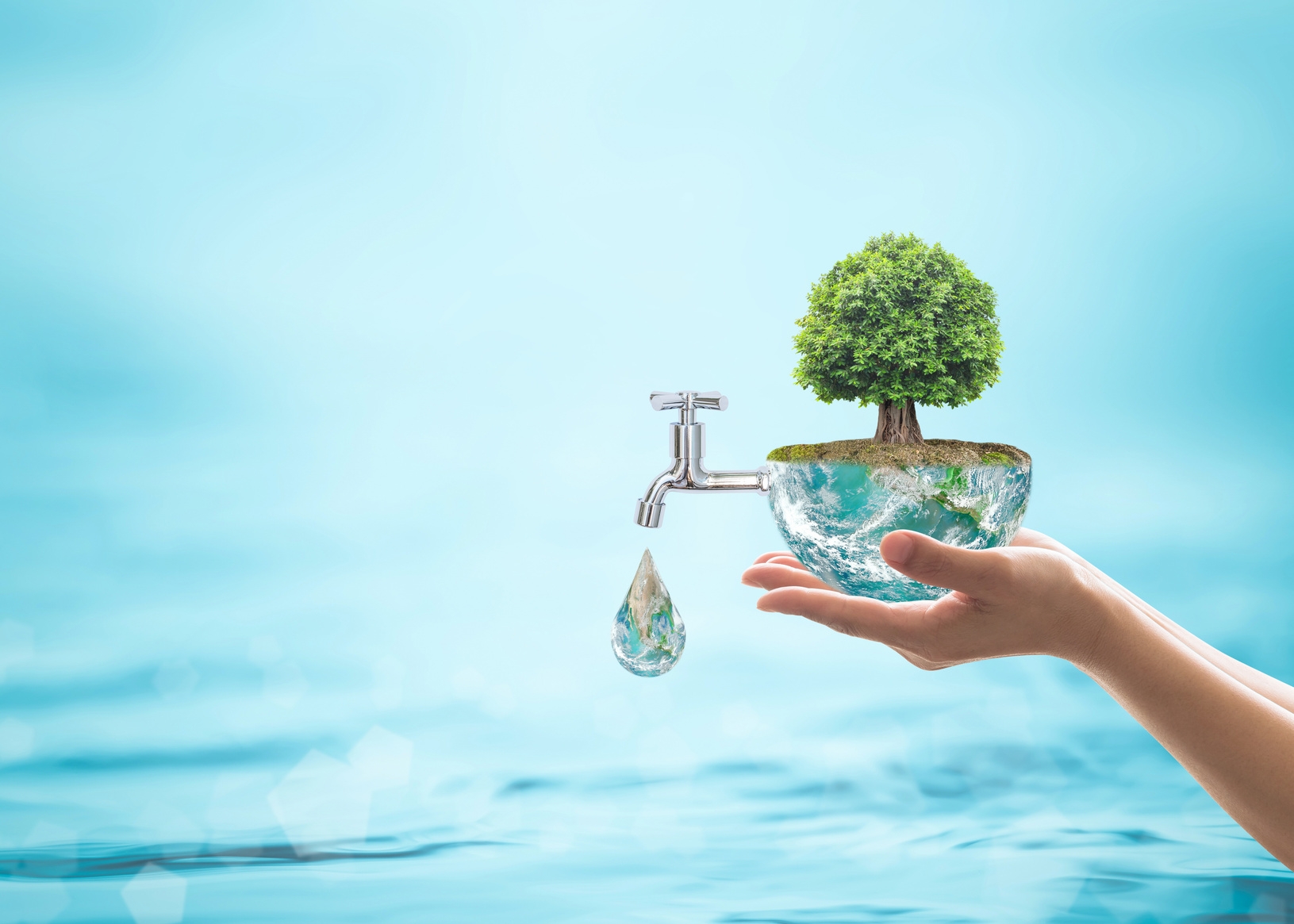 |
| Photo: Thevideoink.com |
The average American uses 80 to 100 gallons of water for indoor home use every single day, according to the USGS. And considering the recommended amount of water for drinking is just half a gallon a day, hydrating less is definitely not the answer for saving water at home.
Fortunately, there are endless ways to save water around the house that can help lower your water bill as well as your environmental impact.
But if you’re concerned with more than just your water bill, we’ve also compiled some more advanced tips that will help save the water you don’t see. Read on for 9 beginner, intermediate, and advanced ways to save water around the house, Greenmatters said.
1. Turn off faucets.
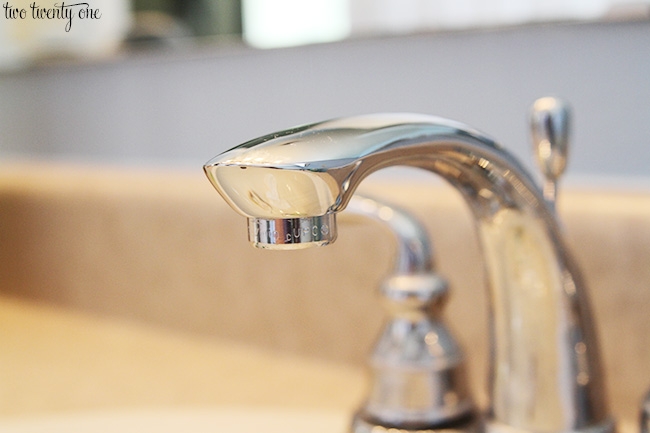 |
| Photo: Twotwentyone.net |
Start saving by breaking a bad habit: Never let faucet water run needlessly as you wash or rinse dishes, wash your hands or face, brush your teeth or shave. Bathroom faucets run at about 2 gallons of water a minute, according to the EPA. Turn off the tap while you brush your teeth and shave, and you can save hundreds of gallons a month.
2. Use every drop.
Learn to repurpose water. One easy way is to capture under your colander the potable water you use to rinse fruits and veggies, and deposit it in the garden. Do the same while you wait for your hot water to come in, Forbes suggested.
3. Run shorter washing machine cycles
Similarly, wash clothes on the shortest cycle on your washing machine, make sure not to add an additional rinse cycle, and use cold water whenever possible. Avoid the permanent press cycle as well, as it uses both warm and cold water plus an extra rinse.
4. Change up your shower routine
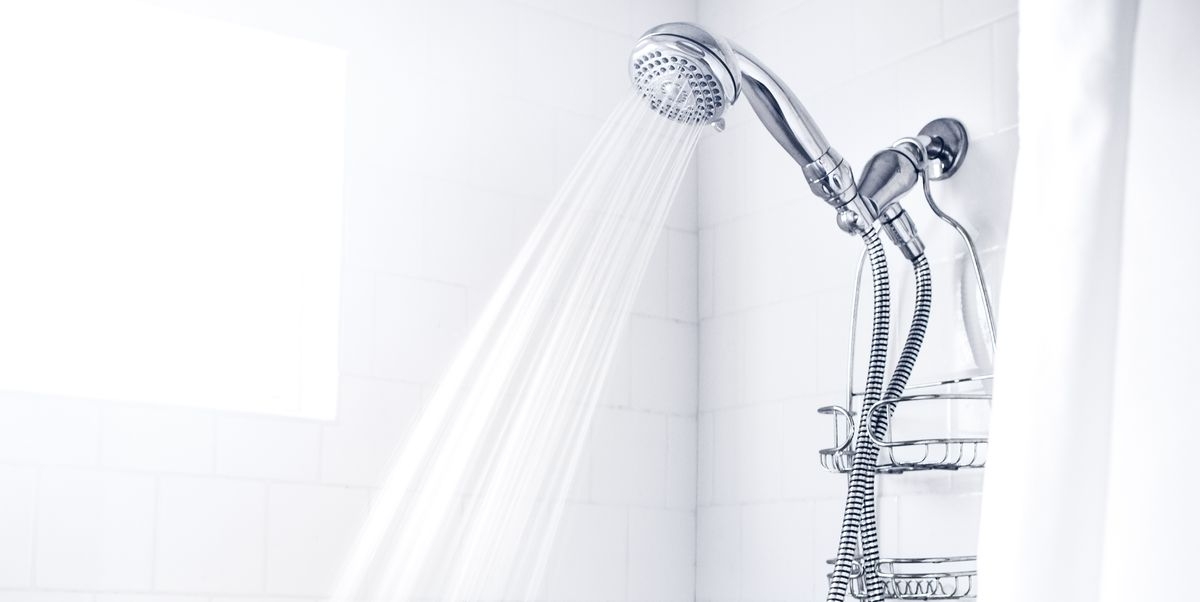 |
| Photo: Goodhousekeeping.com |
Taking a long shower every day uses a lot more water than you think. According to Home Water Works, the average American shower lasts for 7.8 minutes and uses 15.8 gallons of water. You can reduce this amount by taking shorter showers, taking showers less frequently, or washing your hair less frequently, Greenmatters noted.
5. Check your toilet for leaks.
Put a few drops of food coloring in your toilet tank. If, without flushing, the coloring begins to appear in the bowl., you have a leak that may be wasting more than 100 gallons of water a day.
6. Put a plastic bottle in your toilet tank
Put an inch or two of sand or pebbles in the bottom of a one liter bottle to weigh it down. Fill the rest of the bottle with water and put it in your toilet tank, safely away from the operating mechanism. In an average home, the bottle may save five gallons or more of water every day without harming the efficiency of the toilet. If your tank is big enough, you may even be able to put in two bottles, as regarded in Volusia.
7. Get smart about irrigation.
And speaking of watering the garden, residential landscape irrigation has come a long way. Consider investing in weather-based irrigation controllers that adjust to real weather conditions and provide water only when needed. Replace older mist-style sprinkler heads with today’s newer, and more efficient, rotator sprinkler heads, which shoot jets of waters at a slow rate to increase penetration and eliminate drift. Install new drip irrigation piping and soaker hoses for improved watering efficiency.
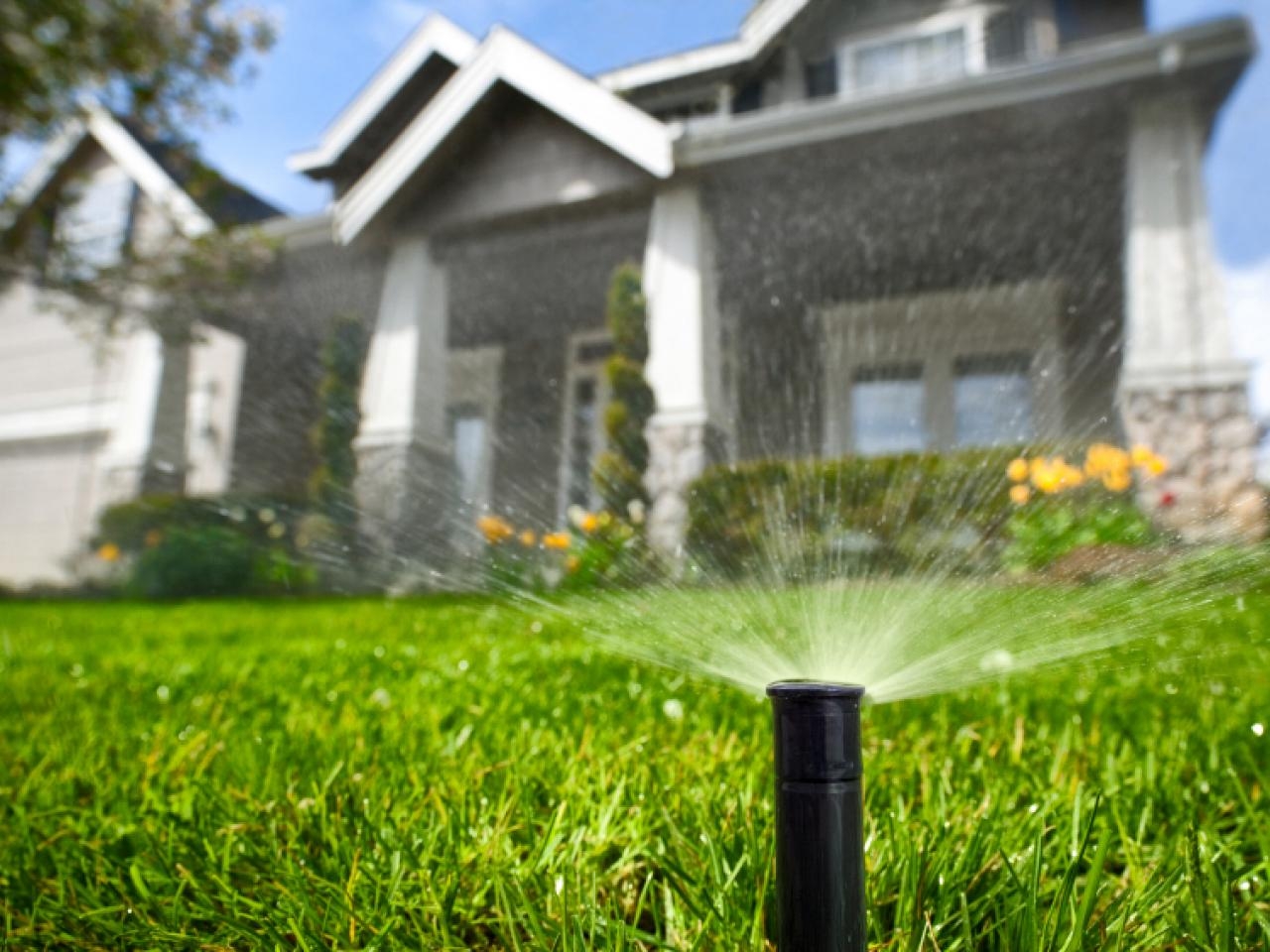 |
| Photo: Hgtv.com |
8. Capture rainwater.
Find ways to save and store rainwater for use in the garden. Using a 55-gallon drum like this one, which catches roof water from gutters and downspouts, is one easy way. Remember to cover your barrels to keep mosquitoes at bay.
9. Optimize your cooking water
Boiling some vegetables? Opt for steaming instead, which only requires an inch or two of water. Even better — if you’re cooking rice or pasta, steam vegetables in a basket over the pot!
Cooking pasta? Use the smallest pot that will accommodate your noodles to ensure you don’t use more water than needed. Also, save some of the cooking water when you make pasta before draining it, and use the starchy water to bulk up sauces and soups.
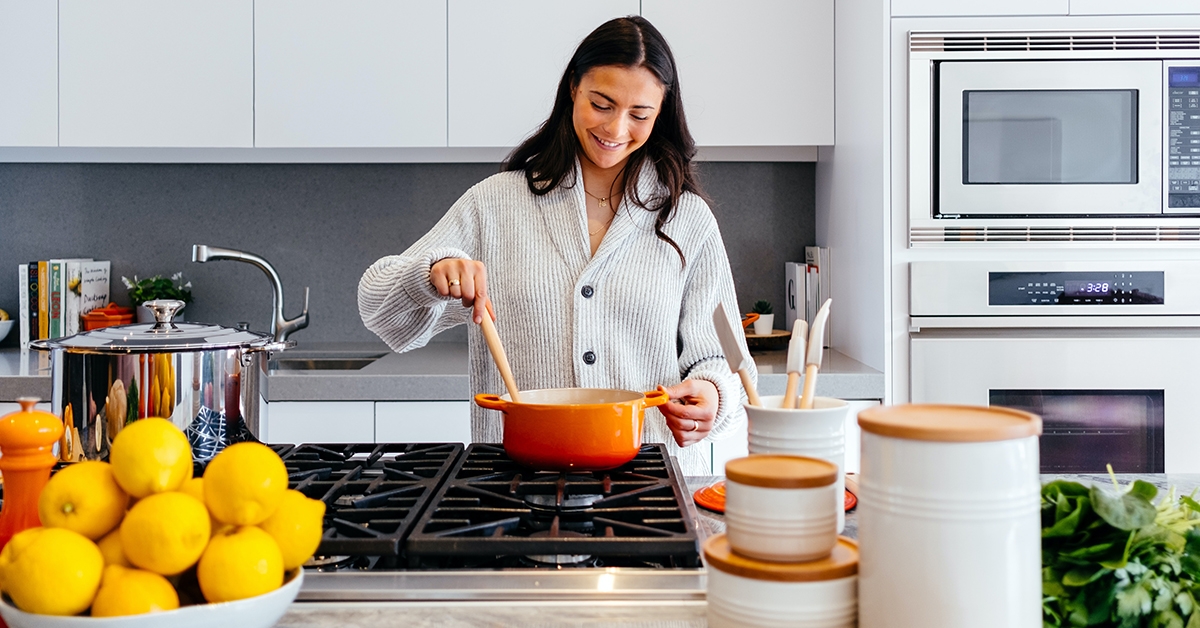 |
| Photo: Pureblueh2o.com |
Do you know? Saving Water Helps Protect Our Nation's Water Supplies
| Using water-saving techniques can save you money and diverts less water from our rivers, bays, and estuaries, which helps keep the environment healthy. It can also reduce water and wastewater treatment costs and the amount of energy used to treat, pump, and heat water. This lowers energy demand, which helps prevent air pollution. It's not just the dry western areas of the country that need to be concerned with water efficiency. As our population continues to grow, demands on precious water resources increase. There are many opportunities to use household water more efficiently without reducing services. Homes with high-efficiency plumbing fixtures and appliances save about 30 percent of indoor water use and yield substantial savings on water, sewer, and energy bills. Start saving today, Energystar called. |
If you find the abovementioned information effective for your use, don't forget to share it widely, thanks a lot!


























